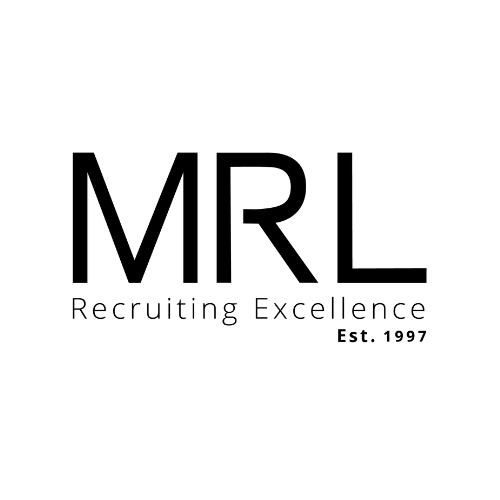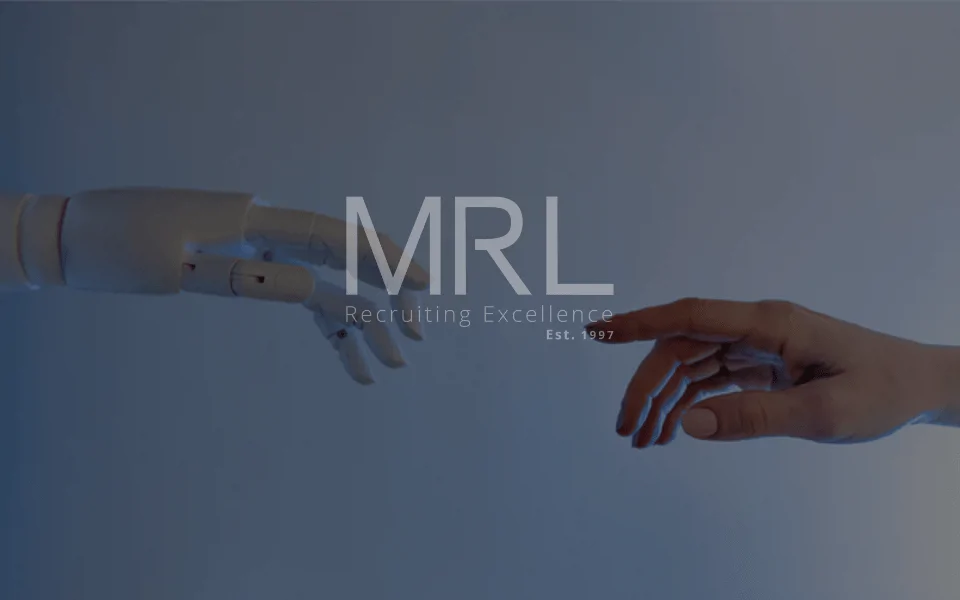The Strategic Role of CTOs and CXOs in the Semiconductor and Embedded Systems Industry
16 May, 20245 minsIn a rapidly evolving technological landscape, the positions of Chief Technology Officer (CT...

In a rapidly evolving technological landscape, the positions of Chief Technology Officer (CTO) and Chief Experience Officer (CXO) are more crucial than ever at the core of the strategies of companies in the semiconductor and embedded systems sector. This article will elaborate on the critical importance of these roles and how they can transform technology companies.
The CTO: Pillar of Technological Innovation
The Chief Technology Officer (CTO) is often seen as the leader of a company's technological initiatives, but their role extends far beyond that. In the semiconductor and embedded systems industry, where innovation and operational efficiency are critical, the CTO is also a strategist and visionary.
Innovation and Development
Beyond overseeing technological operations, the CTO drives innovation strategy. Faced with challenges such as high development costs and the complexity of component miniaturization, such as with 5nm chips, the CTO orchestrates R&D projects to anticipate and overcome these obstacles, ensuring products remain competitive and at the forefront of technology.
Strategic Alignment
CTOs work closely with other executives to align technologies with the company's strategic objectives. They must anticipate market shifts and adjust technological strategies accordingly, often forecasting years ahead.
Leadership and Influence
An effective CTO inspires and motivates their team, fostering a culture of innovation and technical excellence. Their ability to integrate emerging technologies and lead interdisciplinary teams is crucial for the technological advancement of the company.
How to progress towards this position?
To advance towards the role of Chief Technology Officer (CTO), it is essential to develop both in-depth technical skills and a sharp understanding of business needs. CTOs often begin by obtaining training in engineering or computer science, followed by years of experience in technical and managerial roles within IT departments. Acquiring skills in project management and leadership is crucial, as these abilities enable the leadership of teams and the development of technology strategies aligned with business objectives. Continuous education, through specialized master's degrees or certifications in key areas such as cybersecurity or agile project management, is also recommended to stay at the forefront of technological and managerial progress.
The CXO: Architect of User Experience
The CXO, a relatively new but rapidly indispensable role, focuses on user experience (UX) and user interface (UI). This position is crucial to ensure that interaction with products is not only functional but also enjoyable.
User Experience Design
The CXO is responsible for the overall user experience, overseeing the design of UX and UI to ensure products effectively meet customer needs. This role is vital for converting casual users into brand ambassadors by creating memorable experiences that foster loyalty. This responsibility often involves close collaboration with design and development teams to integrate user experience at the core of every product.
Return on Investment and Impact Measurement
CXOs use data to measure the effectiveness of user experience and adjust strategies accordingly. They must justify investments in UX improvements through measurable returns, such as increased customer satisfaction and revenue.
How to progress towards this position?
To progress towards a CXO role, it is crucial to develop an in-depth expertise in managing customer experience across all levels of product or service interaction. Candidates should have robust experience in UX/UI, digital marketing, and customer service, alongside project management skills and strategic leadership abilities. A successful career path typically involves management roles in these areas, as well as the capacity to influence and implement organizational changes that enhance the overall customer experience. Qualifications such as an MBA can also be advantageous.
Impact of CTOs and CXOs on Your Business
In the semiconductor and embedded systems industry, the roles of CTO and CXO are essential for maintaining long-term competitiveness. They not only manage their respective departments but also influence the overall company strategy, product innovation, and customer experience. These leaders don't simply follow technological evolution; they lead it. Their vision enables them to anticipate and address changing market needs, giving the company a significant competitive advantage. They inspire their teams, drive innovation, and transform the customer experience, resulting in increased growth and improved reputation.
At MRL Consulting, we understand the importance of these roles and are committed to helping you find the best talent to lead your company to sustainable success. For more information on our recruitment services, feel free to contact us.





